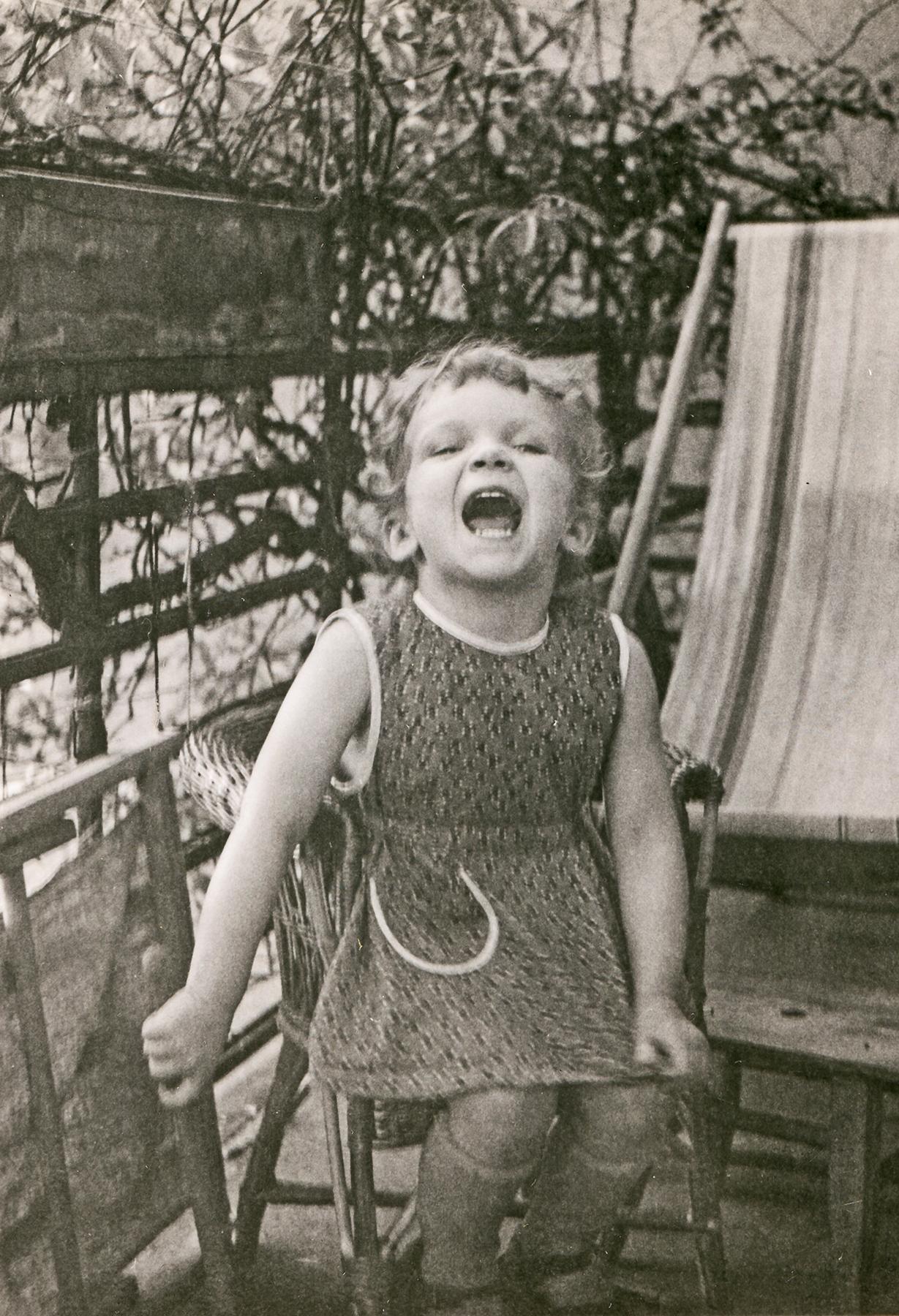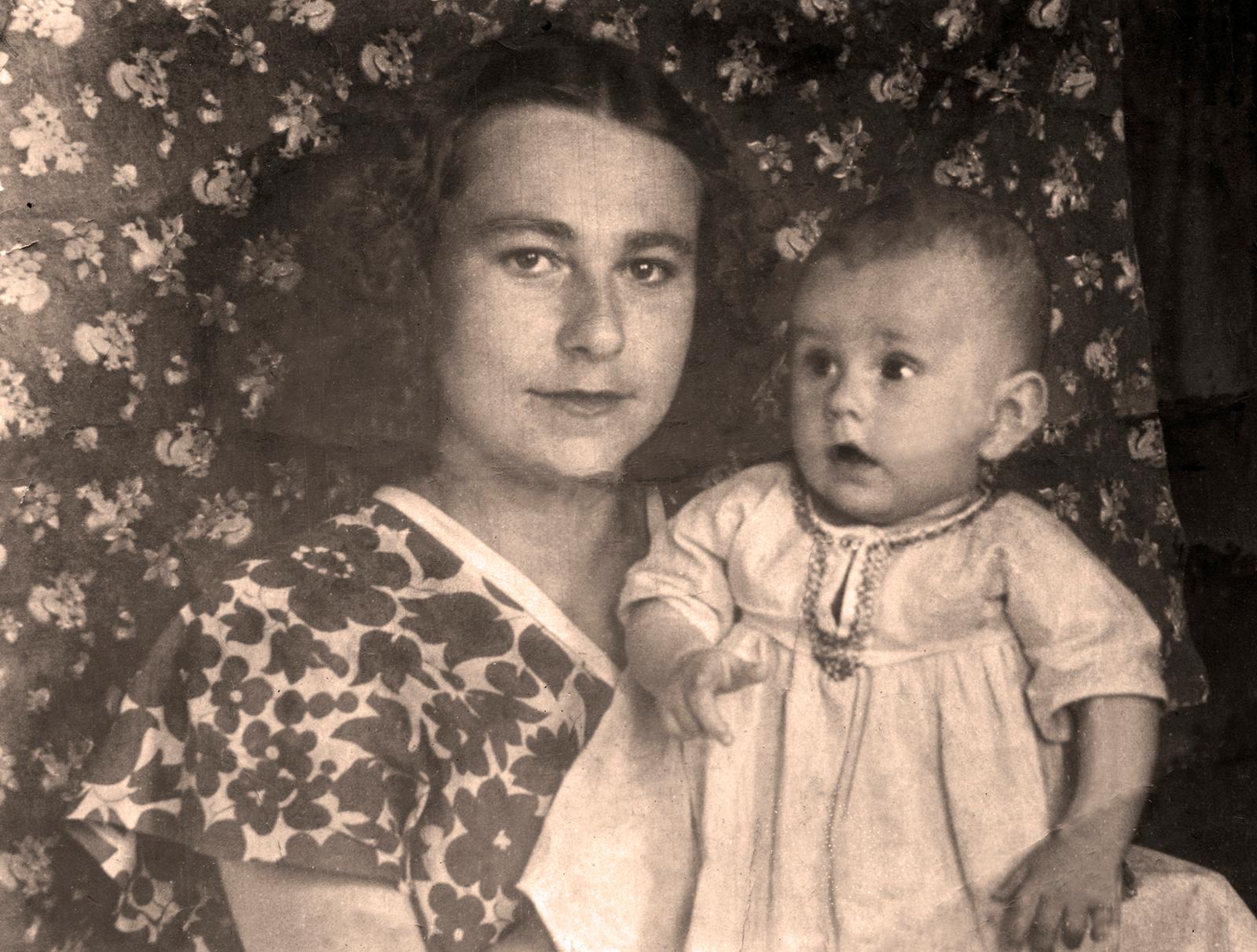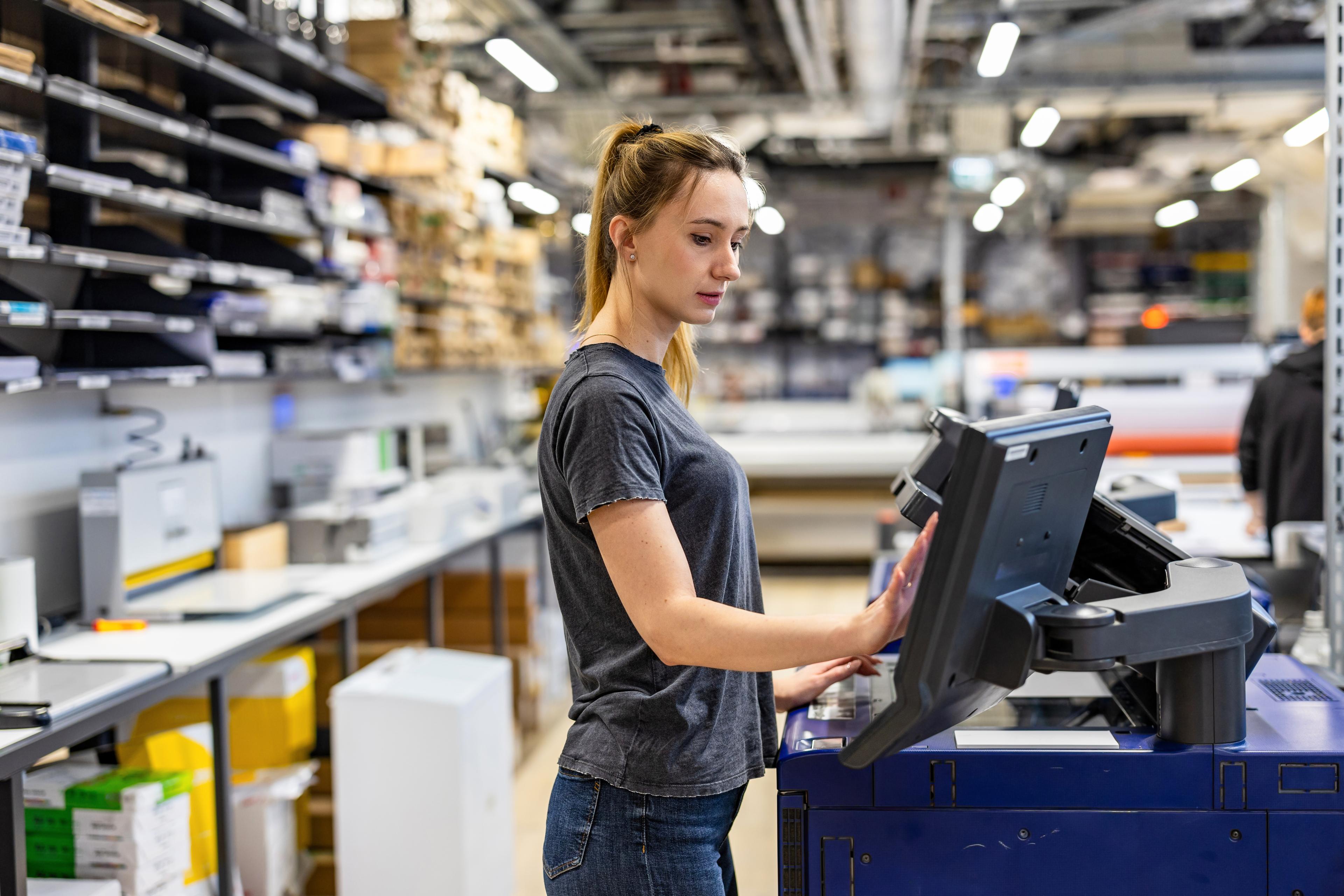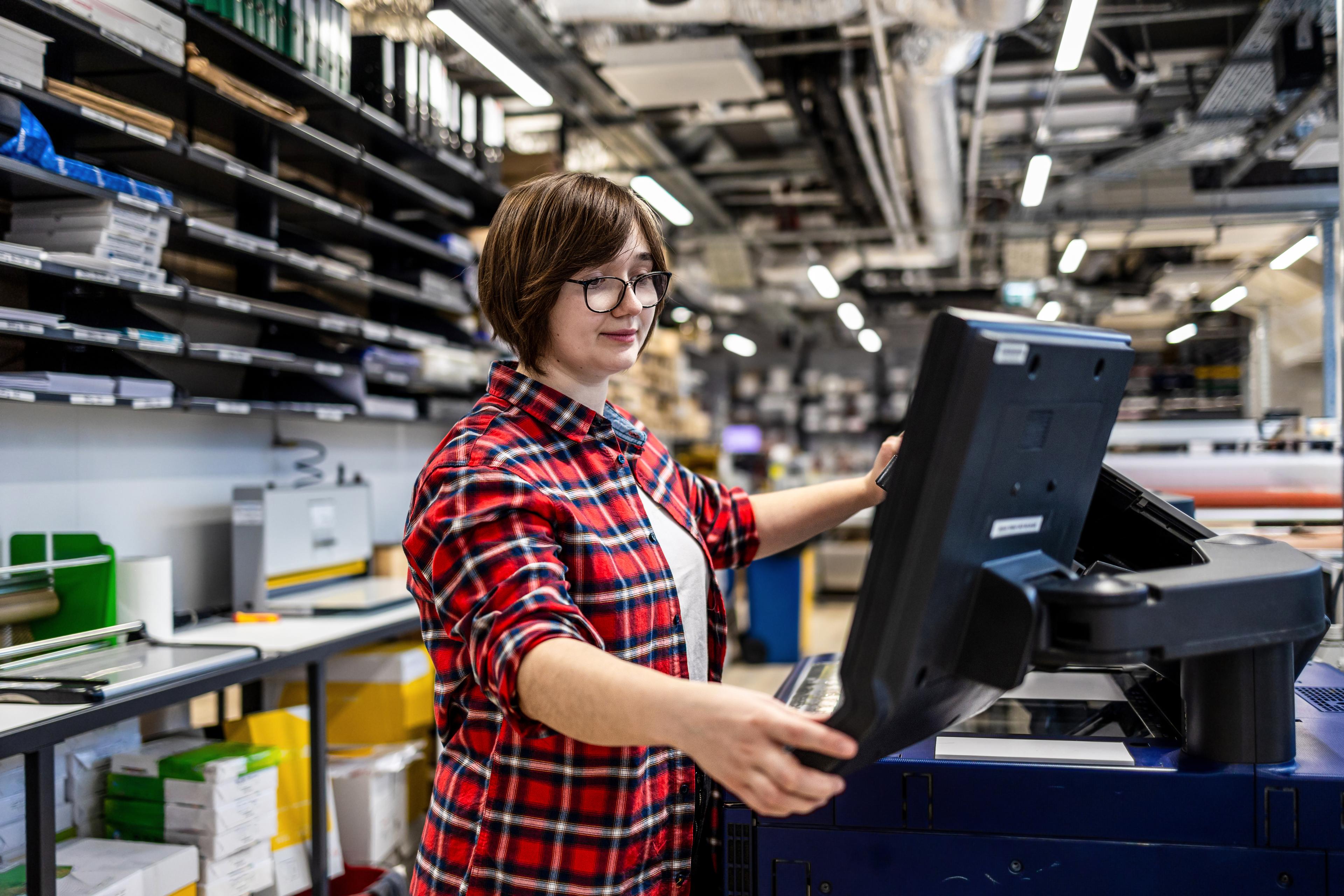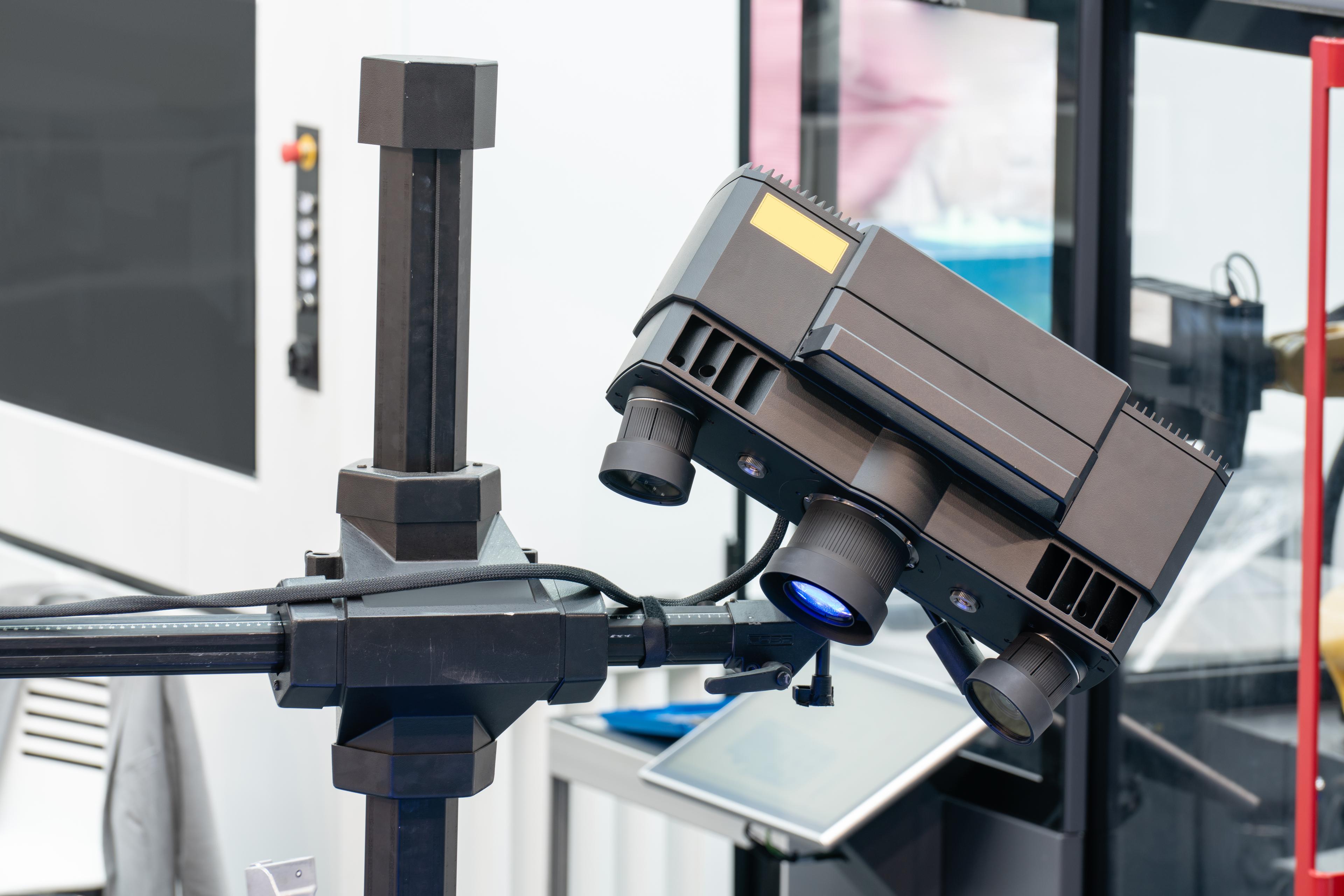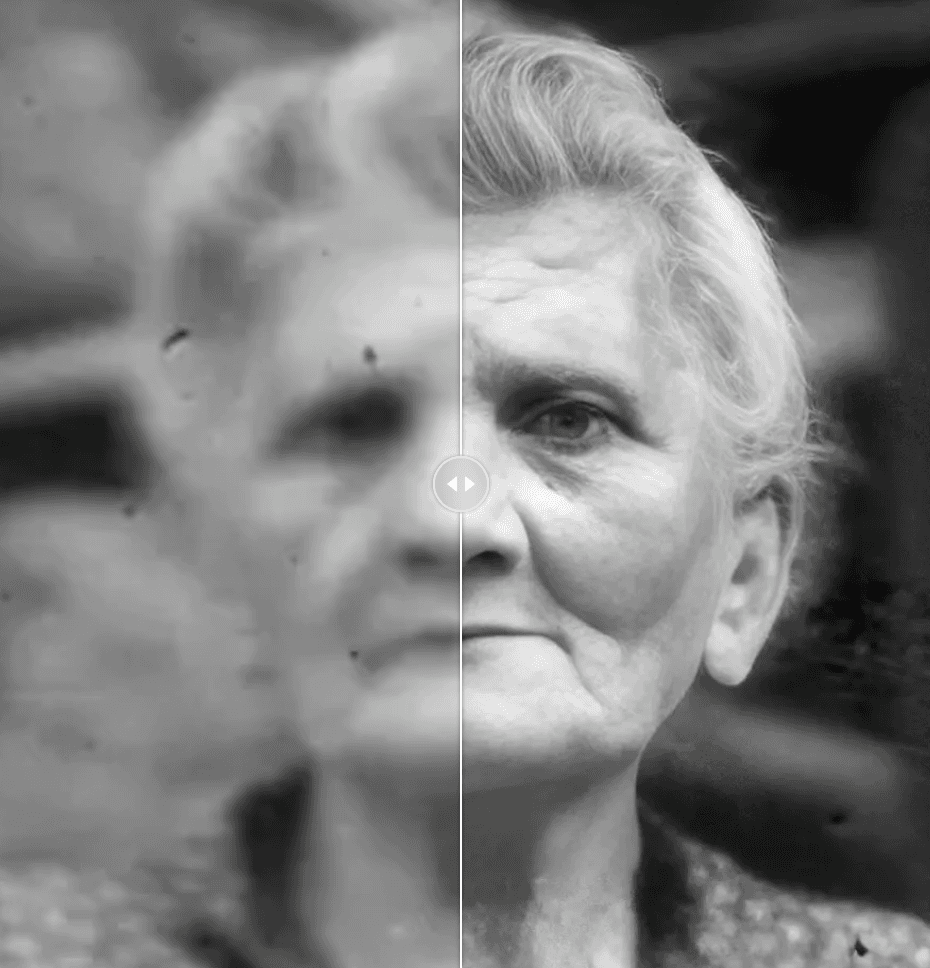The Evolution of Photo Scanning: From Film to Digital Age
Posted on 2025-04-24Ever wondered how photo scanning has evolved over the decades? The journey from film negatives to today's ultra-high-resolution digital scans is a testament to technological innovation and our relentless desire to preserve precious memories.
The Early Days: Film Negatives and Prints
Initially, photos were captured on film, requiring careful processing and manual development. Scanning film negatives was a complex process involving specialized equipment, often limited to professional studios. The focus was on quality, but it was costly and time-consuming.
The Rise of Flatbed Scanners
As technology advanced, the late 20th century saw the advent of flatbed scanners designed for documents and photos. These devices brought photography into homes, making it easier for families to digitize prints. Early scanners produced images at resolutions around 300 DPI, which was suitable for digital sharing but limited for enlargements.
The Digital Revolution: High-Resolution Scanning
Today, high-end scanners and professional services like PhotoPanda can capture images at resolutions exceeding 600 DPI, with some going up to 1200 DPI or more. These scans preserve intricate details, colors, and textures, breathing new life into old photos. Additionally, color correction and restoration tools help repair faded or damaged images.
The Impact of Smartphone Technology
With smartphones equipped with high-quality cameras, digitization has become more accessible. Apps now allow users to scan photos quickly and conveniently, though they may lack the precision of professional scanners. Nonetheless, they provide a practical solution for capturing memories on the go.
How Photo Scanning Keeps Memories Alive
From dusty negatives stored in attics to cherished family albums, photo scanning bridges eras. It ensures that even the most fragile or obsolete formats are preserved in high-quality digital formats, ready for printing, sharing, or archival.
The Future: 3D and AI-Enhanced Scanning
Looking ahead, innovations like 3D scanning and AI-driven restoration will revolutionize how we preserve family history. Imagine scanning not just photos but entire heirlooms or artifacts, creating immersive digital experiences for future generations.
The evolution of photo scanning reflects our innate desire to hold onto our history. Whether through simple smartphone apps or advanced professional services, the goal remains the same: to keep our memories alive and accessible across generations. Now’s the perfect time to digitize your family’s precious moments and embrace this ongoing journey of preservation.

